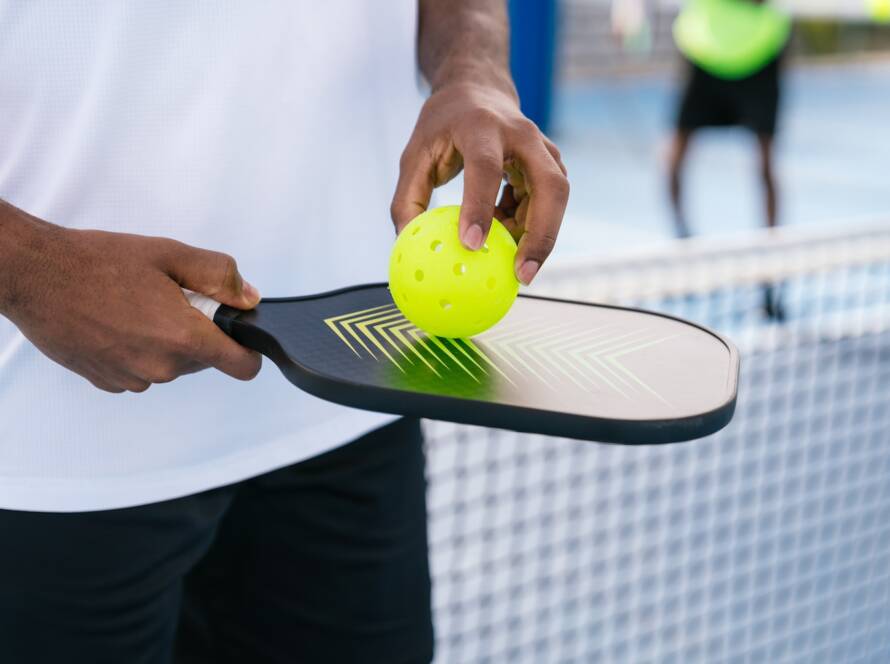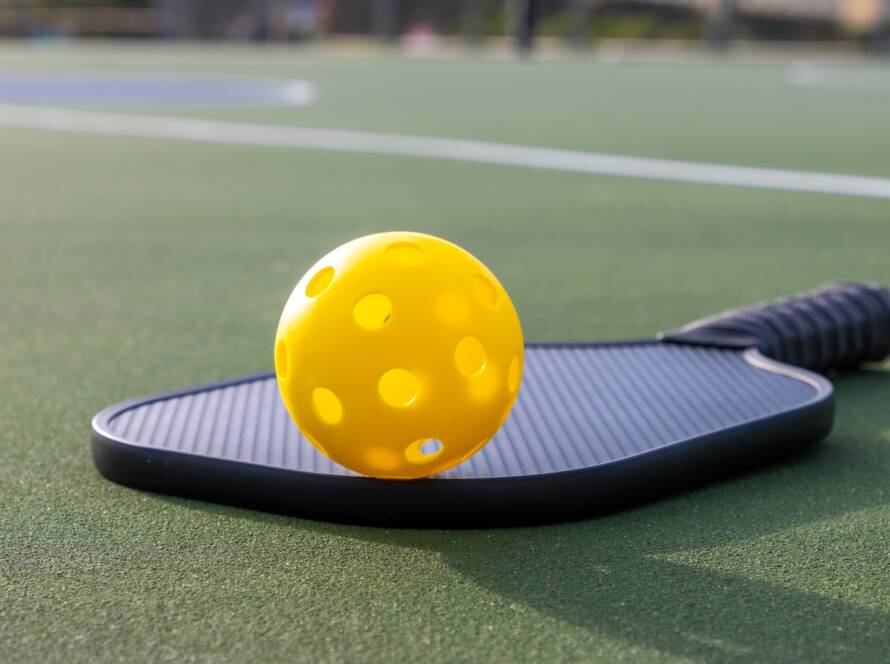As pickleball continues its meteoric rise in popularity, one question consistently sparks debate among newcomers and veterans alike: can you serve overhand in pickleball? While tennis players transitioning to the sport might instinctively want to unleash their powerful overhead serves, pickleball’s unique serving rules set it apart from its racquet sport cousins. Recent changes in Major League Pickleball (MLP) have added an intriguing twist to this long-standing rule, making it more important than ever to understand exactly what’s allowed on the serve. Whether you’re a beginner mastering the basics or a competitive player staying current with evolving regulations, knowing the ins and outs of pickleball serve rules is crucial for taking your game to the next level.
Understanding Pickleball Serve Rules
The serve is a fundamental aspect of pickleball that sets it apart from other racquet sports. Unlike tennis, pickleball traditionally requires an underhand serving motion to start each point, making the game more accessible and emphasizing rally-based play over power serves.
Can You Serve Overhand in Pickleball?
According to traditional pickleball rules, overhand serves are not permitted in standard play. However, Major League Pickleball (MLP) introduced new rules in 2024 that allow overhand serves under specific conditions. This change only applies to MLP competitions and not recreational or standard tournament play.
Traditional Serving Requirements
The standard pickleball serve must follow these key requirements:
- Contact the ball below the navel height
- Use an upward arc motion
- Keep the paddle head below the wrist at point of contact
- Maintain at least one foot behind the baseline
- Strike the ball before it bounces
Legal Serving Options in Pickleball
The Underhand Serve
The traditional underhand serve remains the most common and universally accepted serving method. To execute a proper underhand serve:
1. Position yourself behind the baseline
2. Hold the ball and paddle below your navel
3. Use an upward swinging motion
4. Contact the ball with the paddle below your wrist
5. Follow through in an upward direction
The Drop Serve Alternative
Introduced in 2022, the drop serve offers a simpler option for players:
– Drop the ball naturally (no throwing or pushing)
– Let it bounce once
– Hit the ball after the bounce
– Maintain all other serving requirements (contact below navel, etc.)
MLP Overhand Serve Rules
- For MLP competitions only, overhand serves must:
- Include a visible ball toss
- Maintain an upward arc motion
- Follow specific wrist positioning requirements
- Meet all other standard serving regulations
Common Serving Mistakes to Avoid
Players often make these serving errors:
- Hitting the ball above navel height
- Using a sideways motion instead of upward
- Tossing or pushing the ball during drop serves
- Stepping on or over the baseline
- Failed to maintain proper wrist position
Improving Your Pickleball Serve
Practice Tips
- Focus on consistency over power
- Practice proper form before adding spin
- Use reference points to maintain correct height
- Record yourself to analyze technique
- Start with basic serves before attempting variations
Equipment Considerations
- Choose a paddle that complements your serving style:
- Lighter paddles offer more control
- Textured surfaces help generate spin
- Elongated paddles provide extended reach
- Balance point affects serving motion
Advanced Serving Strategies
- Once you’ve mastered basic serves, consider these tactical approaches:
- Vary serve placement to keep opponents guessing
- Add controlled spin to create challenging returns
- Target opponent weaknesses
- Use different serves based on game situation
- Adjust pace and depth strategically
Getting Started at Pickleball Athletic Club
Perfect your pickleball serve with expert instruction at Pickleball Athletic Club. Our certified coaches can help you master legal serving techniques and improve your overall game. Visit our contact page to schedule a lesson or join our pickleball community.


